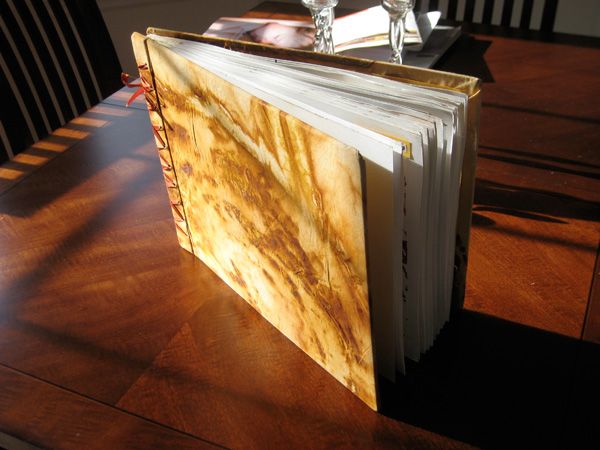
I used my rusted fabric to cover a book, but it can be used to create garments as well.
One never thinks of rusty old objects as beautiful. In reality though, these objects can create unbelievable motion on fabric when properly executed. Anyone can do this technique-all it takes is a little patience, some rusty objects, and household vinegar. The result is an abstract fabric design that can be used to cover a book, as shown, or even for making garments such as simple tunics and dresses. Here’s how to do it:
1. Take a piece of cotton fabric and submerge it in a mixture of equal parts water and vinegar.
2. Wrap the fabric around the rusted metal object. Any junkyard or junk drawer item will do.
3. Distort the fabric around the object in different locations and secure the fabric with spring clamps Tie knots or twist it to achieve the desired effect shown in the photos.
4. Leave the fabric wrapped on the object for 3 to 4 days so the iron from the rust will oxidize.
5. Rinse with cold water and let dry.
And voila! Your fabric is done. Do you have any fabric creations you’ve made? We’d love to see them.

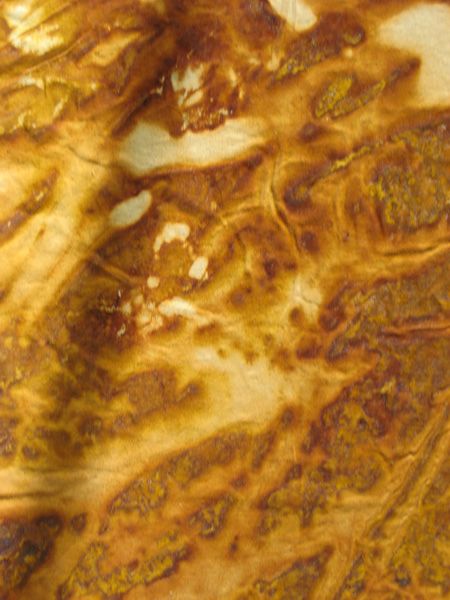
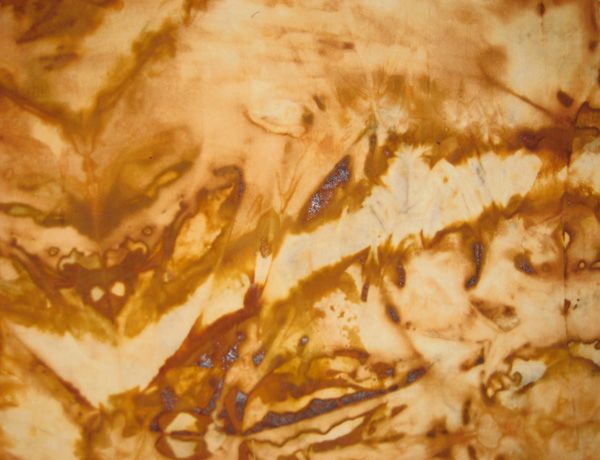

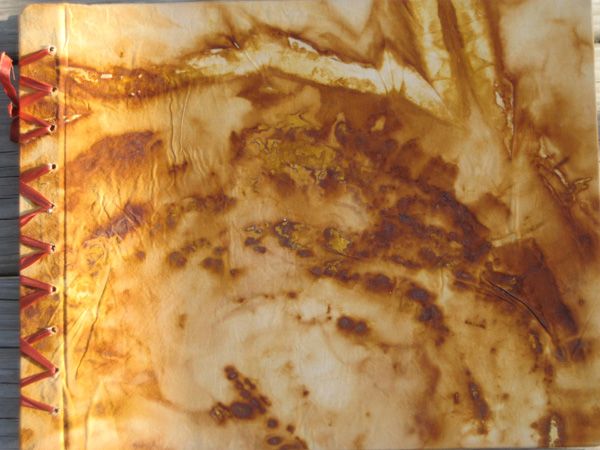

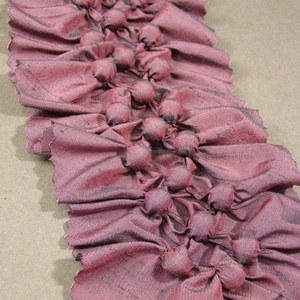
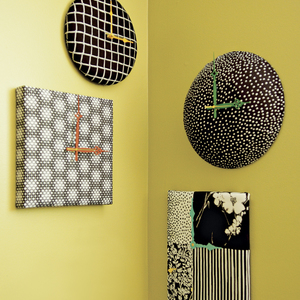
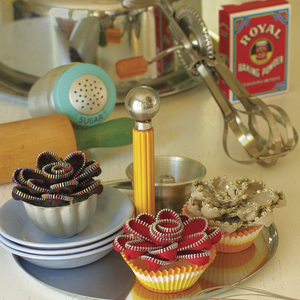


























Hi Ariel!
What an intriguing idea ~ taking advantage of "rust stains don't come out" and looking at it as dye!
This definitely goes in the "bag of tricks" file!
Kharmin
I am glad you like it! It's a very unique process!
Very cool technique. Thanks for sharing, Ariel!
Beautiful results. Can this be done on silk?
The name escapes me at the moment, but there is a contemporary Japanese textile artist who uses this technique for her work. I've been into her for about 8 years now, and I have too many names in my head to remember at the moment. when I remember I'll repost and you can google her.
I think I already know the answer, but what about washability? I know rust stains won't wash out, but does it weaken the fabric?
Sounds like a way to create something fascinating out of something that you might have considered a tragedy!! I will for sure try it--should be easy to find an appropriate iron object lying around since my husband is into blacksmithing and metal work!
Beautiful! And yes, Charlotte, you can do it on silk. I have used this technique to make silk scarves many times. They are popular sellers because the colors are so gentle and neutral that they go well with just about anything. I've found that regular China or Haboti silk of about 8mm is best for this technique because you get a good 'stain' on both sides of the fabric.